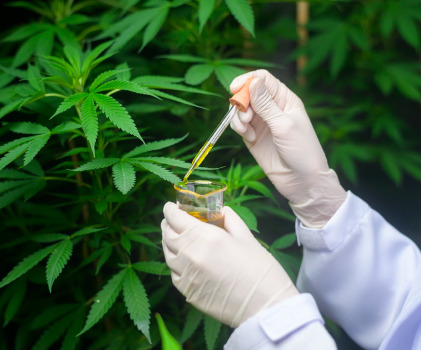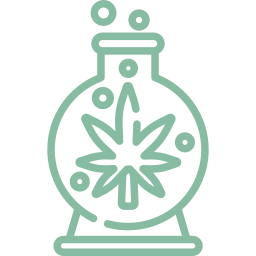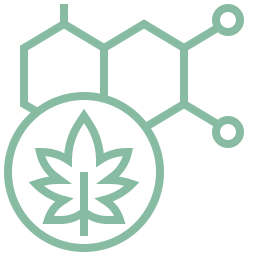Nationwide Testing Services



Biomass, Seeds, Processed Materials
Comprehensive Cannabis & Hemp Testing
CannaLabs offers comprehensive hemp and cannabis testing through our collaborative efforts with some of the best professionals in our team and the most sophisticated laboratory equipment. We work closely together to ensure that every batch meets high standards for potency and purity so you can be confident about the results we procure.

Potency

Terpenes

Pesticides

Heavy Metals

Residual Solvents

Water Activity

Microbials

Mycotoxins

Lipids

Nutrient Content

Environmental

Stability Testing

our technology
Top-of-The Line Technology
CannaLabs is a leader in the industry, providing fast and reliable analytical results for exhaustive laboratory assessments. Our years of experience has made CannaLabs an authority on testing for potency or purity with the help of our state-of-the-art technology, making sure that our quality control standards never fall below expectations.
highly-advanced
Advancing the Science of Cannabis
Our sophisticated testing equipment stems almost any material's safety, quality, and potency, including cannabinoids, terpenes, and solvents. We also implement highly-advanced and systematic methods conducted by our team of licensed and accredited lab professionals.


Packages & Ala carte
Test Packages & Pricing
We offer broad testing options to match your requirements. You can choose from complete panel packages, individual services for custom samples, add-on products, and R&D assistance when you need it most. Send us a message to get our full pricing details
WHY CHOOSE US
Expert and Reliable Results Through and Through

High-Quality Standards
Our rigorous testing process is the best in this industry and has been proven time after time.

Expert Scientists
Our scientists are the cream of the crop, and are experts in the field.

On-Time Results
24/7 Service and expedited delivery service available.

Clear and Concise
We want things to be a simple as possible. Our COAs are designed for easier reading and comprehension.
how it works
The CannaLabs Process

Easy Sample Submission
Follow our quick and easy guidelines in sample preparation.

Quick Documentation
Hassle-Free COC Submissions.

Convenient Delivery
Mail out, drop off, or have us pick up your samples for you!
LOCATION
America's Top Choice in Cannabis Testing
Speak to one of our associates today!

Client Testimonials
What Our Clients Have to Say
Our brand has partnered closely with CannaLabs for years now, and they've never let us down with their prompt delivery and accurate cannabis testing.
Thanks to their partnership, we can confidently try new strains without the risk of buying something that will make our customers sick. We're always transparent about how we feel about different types of weed so that people can find what's right for them, but it doesn't hurt to have a little help from an expert along the way!
Mike Strauss, Arizona
Our Clients


Get Started



